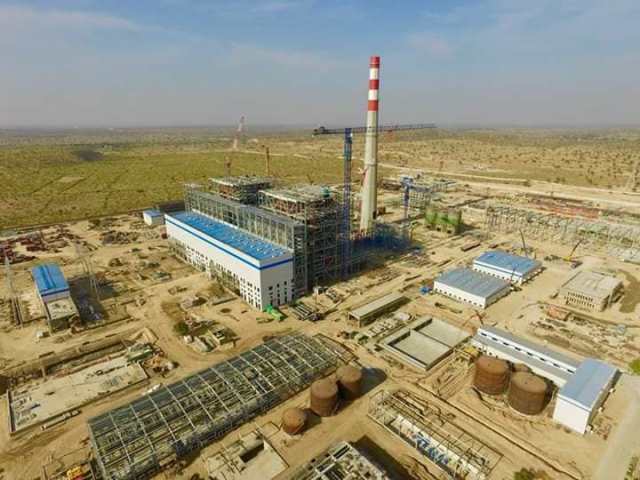
Thar Coal has been promised as a game-changer; an indigenous resource that will forever alter the future of Pakistan’s energy roadmap, a panacea to economic woes which will bring energy independence directly to the people of Pakistan and much more.
At the same time, there is also no shortage of analysts and commentators who claim it to be a blunder and the ‘next big heist.’ The naysayers claim that coal-based power generation is globally on a decline due to environmental concerns and with the availability of cheaper alternatives now at hand, Pakistan is at folly to pursue these dreams.
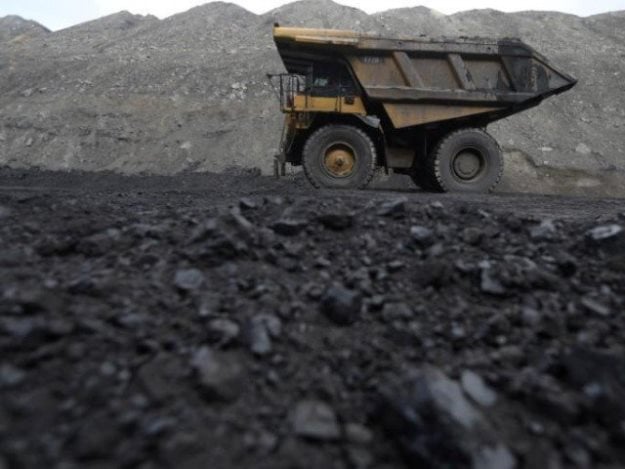
Recent developments prove otherwise.
Pakistan, a country of 220 million people, still has a low per-capita electricity consumption, estimated at 450 kilowatts (kW) per capita. Power generation affordability and reliability are recognised as two main obstacles.
At one point, the annual economic loss to the country due to the shortage of power was estimated at 2-3% of GDP. Another issue relevant to this discussion was a skewed energy mix which was heavily tilted towards imported fuels such as furnace oil, accounting for one-third of the total import bill of the country. This situation was untenable.

Over the last six years, Pakistan has added significant new capacity of approximately 11 gigawatts (GW), with a reasonably robust pipeline of more projects to come. Power projects running on imported regasified liquefied natural gas (RLNG) and imported coal, leading to both cheaper cost of electricity and a lower import-fuel bill per kilowatt-hour generated, provided the baseload capacity to bridge the system through energy mix transformation. However, a more sustainable future rested on a fuel which is payable in a local currency, ample in quantity and insulated to the vagaries of volatile international energy markets.
Earlier this month, Pakistan celebrated the inauguration of Engro Thar Coal Power Project. The 2x330 megawatt (MW) power plant will consume locally produced lignite coal from Thar Block II, an integrated 3.8 million tons per annum (MTPA) coal mine.
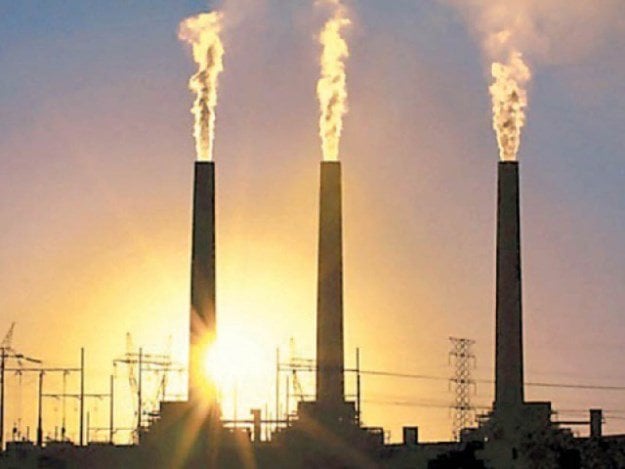
This event is significant in many ways - firstly, it marks the largest ever public-private partnership in the history of Pakistan, to unlock a potential future of 20 million tons per year coal production. Secondly, it represents a ‘moment of truth’ for those who believed that Thar lignite, despite its challenges, can be economically mined and burned to produce electricity. Lastly, it opened access to people of Pakistan to a fuel that is controlled by the people of Pakistan. It marks not only the culmination of a dream, but the beginning of a new reality.
The lignite coal found in Thar region, with proven reserves of 180 billion tons, has remained untapped for decades. To put this into context, the reserves contain more energy than the cumulative oil reserves of Saudi Arabia and Iran together, and can provide 300,000 MW of affordable and reliable electricity for the next 100 years.
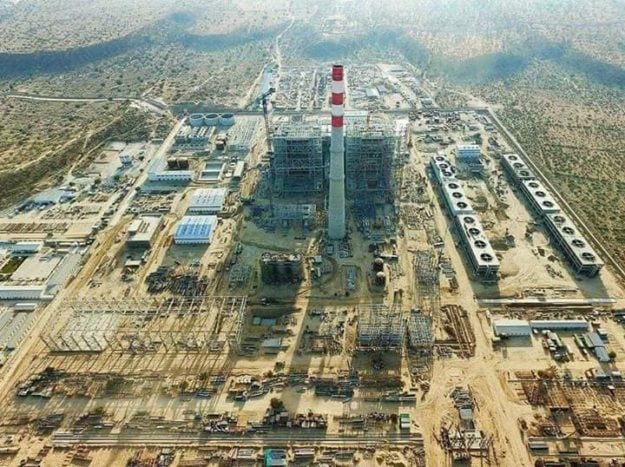
The successful opening of the first open-pit mine on commercial basis puts to rest concerns on techno-commercial viability. The second challenge was demonstrating that this lignite coal with 50% moisture and challenging chemical composition could be burnt reliably on a commercial scale utility project.
The developers selected European boiler technology developed by Alstom, now GE, with decades of well-proven field experience on similar lignite coal around the world. The power plant, once fully in operation, will comply with World Bank and International Finance Corporation (IFC) Environmental Emission guidelines and Sindh Environmental Protection Agency (EPA) standards.
The Engro Thar Power Project is a clear and successful proof-of-concept for using Thar coal. Larger (600MW and above) and more efficient (ultra-supercritical) technology on similar lignite coal is already available, with demonstrated commercial operation across Europe in countries such as Germany, Slovenia and Poland for over two decades now.
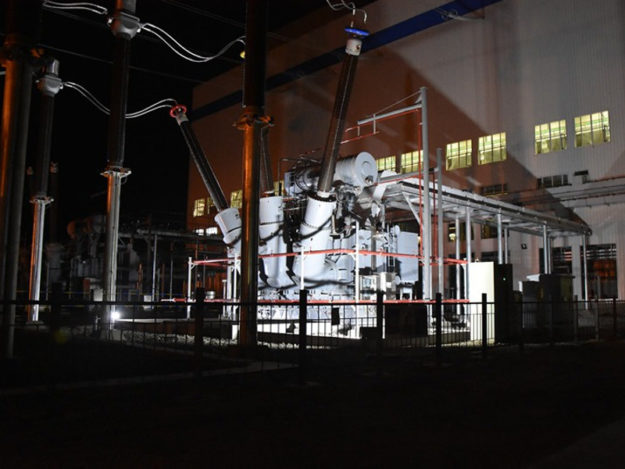
These larger power plants, typically referred to as High Efficiency Low Emission (HELE) technology offer very high efficiency -- up to 47.5% compared to world average of 34% for coal power plants -- and produce up to 25% less CO2 than the world average for each kilowatt-hour of electricity generated. This includes technology to achieve the most stringent regulations for local pollutants like SOx, NOx and dust, approaching air quality levels similar to gas-fired power plants.
Furthermore, GE has demonstrated the viability of large (>800MW) coal power plants with air-cooled condensers in places like South Africa, minimising the use of water where water is a scarce resource. In summary, the environmental impact is technical rather than an emotional question and one which can be addressed by making smart and prudent technology choices.
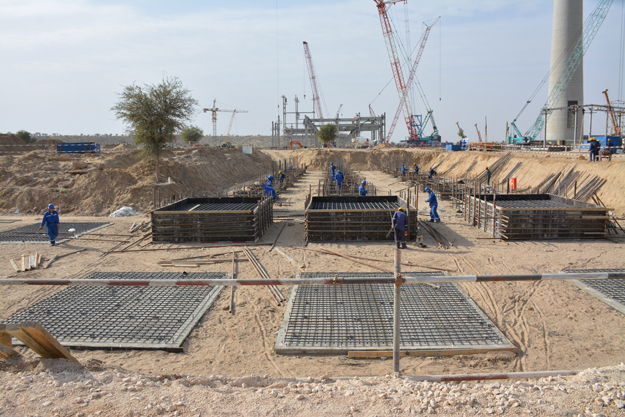
With the first electrons from 2x330 MW Engro Thar Power Project now flowing into the national grid, Pakistan is charting a new course on its energy road-map. It must not waver, and it must not falter. All stakeholders, private and governmental, local and foreign, technology providers and investors, deserve kudos.
Taking Thar journey on its full course will unlock one of the most abundant and economic energy options for the country – and people of Pakistan deserve every bit of it.
























COMMENTS
Comments are moderated and generally will be posted if they are on-topic and not abusive.
For more information, please see our Comments FAQ